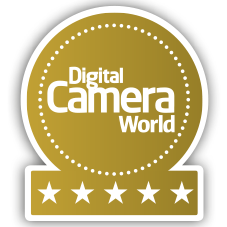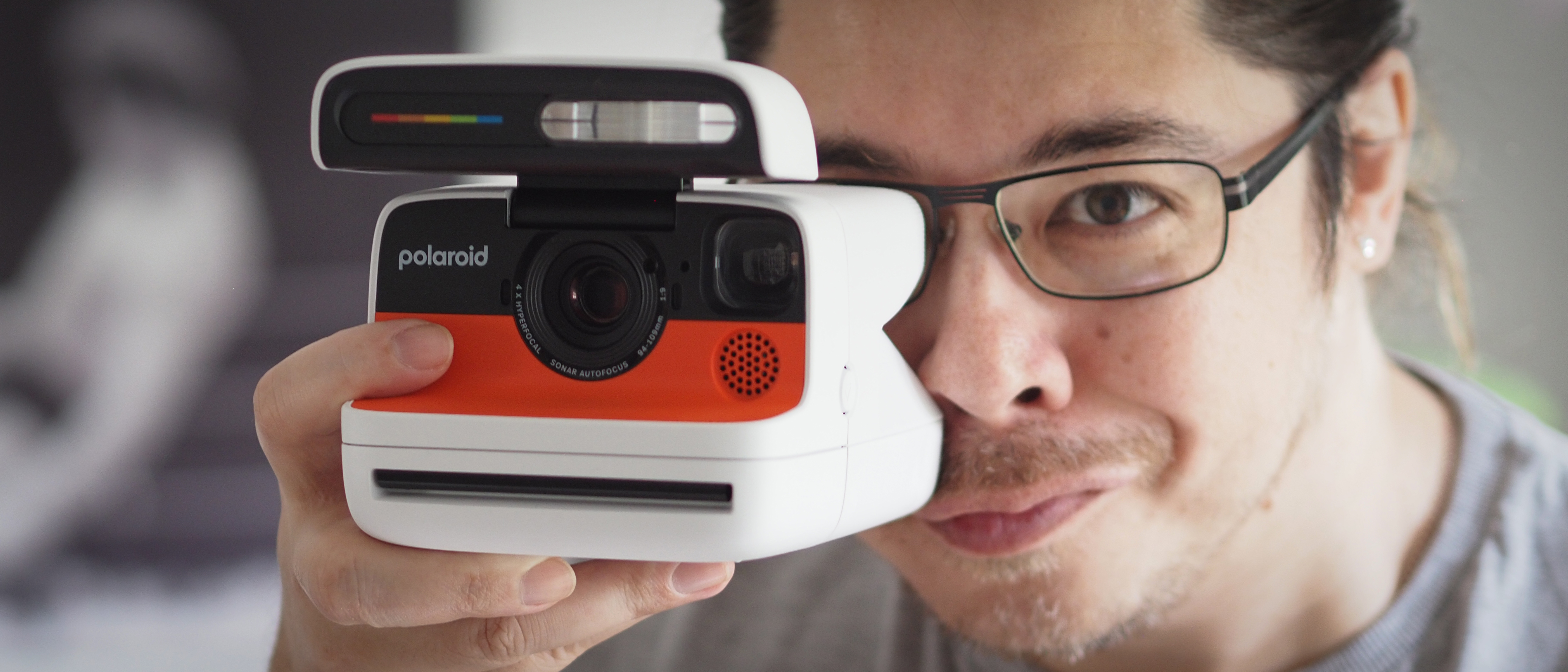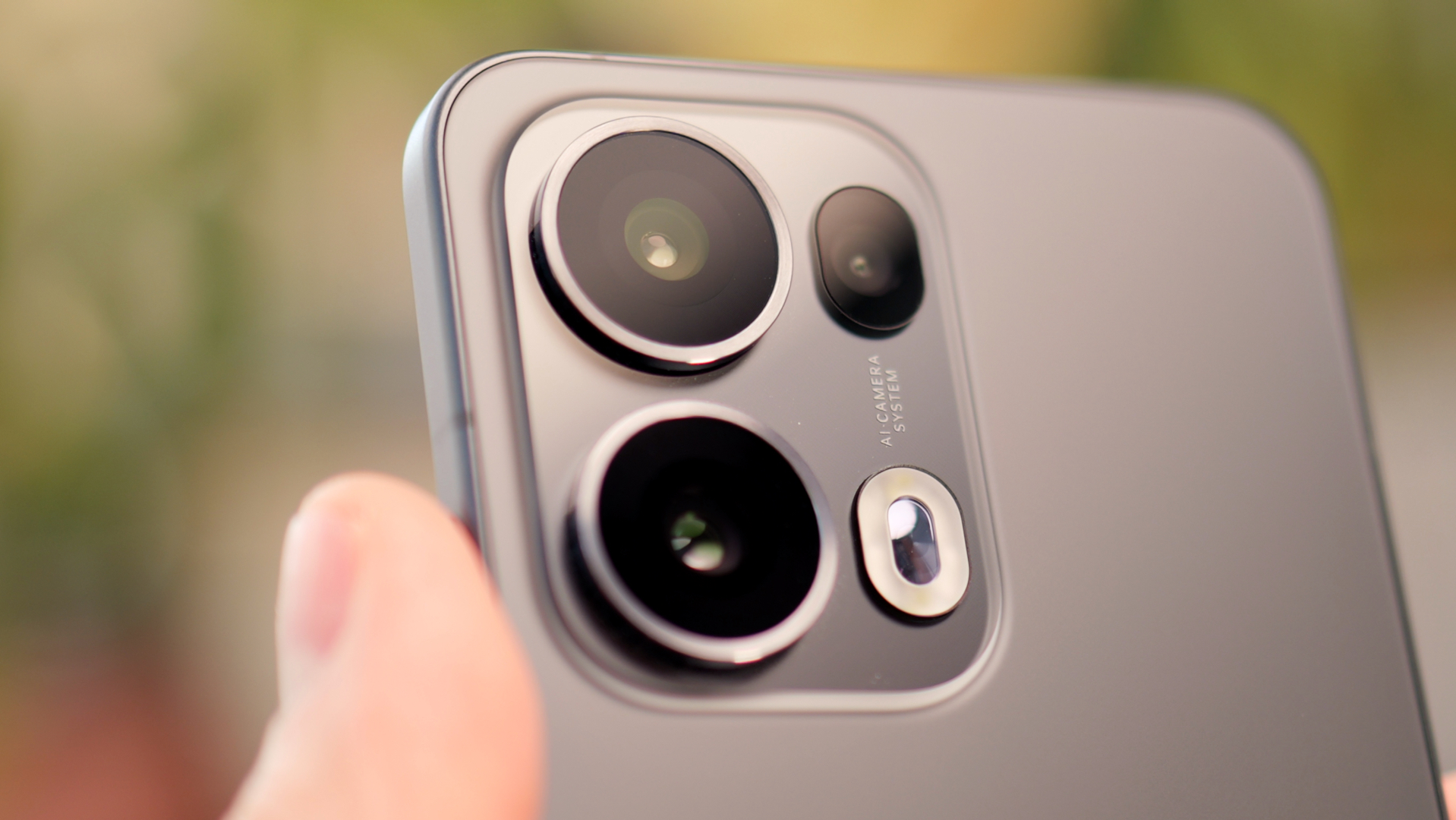Digital Camera World Verdict
The Polaroid Flip is old school meets new school, bringing back a big flip-up flash unit and impressive sonar autofocus, combining classic tech with a four-lens hyperfocal system – along with instant connectivity to the Polaroid App for full manual exposure control. If you don't have 600 bucks to shell out on the flagship I-2, this is the best Polaroid camera on the market – and it's far and away my favorite instant camera right now.
Pros
- +
Four-lens AF system
- +
Manual exposure control
- +
Great image quality
- +
Powerful flash
Cons
- -
Body is expensive
- -
Film is expensive
Why you can trust Digital Camera World
I think the Polaroid Flip is my new favorite instant camera. I can't quite call it the best instant camera, because the Polaroid I-2 is still the king of overall image quality, but it's the one I most prefer carrying around with me every day.
Resurrecting the flip-up top is more than just a gimmick, as that's where the Polaroid Flip's best assets are kept – not just the chunky flashgun, which packs a lot more lighting kick, but the similarly blast-from-the-past sonar, which powers the impressive four-lens focus system.
Toss in great image quality and full manual control via the instantly-connecting Polaroid App, and the Polaroid Flip is the instant camera I've been reaching for ever since I first laid eyes on it. Its design tickles my love for the Polaroid heritage, and its performance enables me to take the kinds of photos I've loved for the past 40 years.
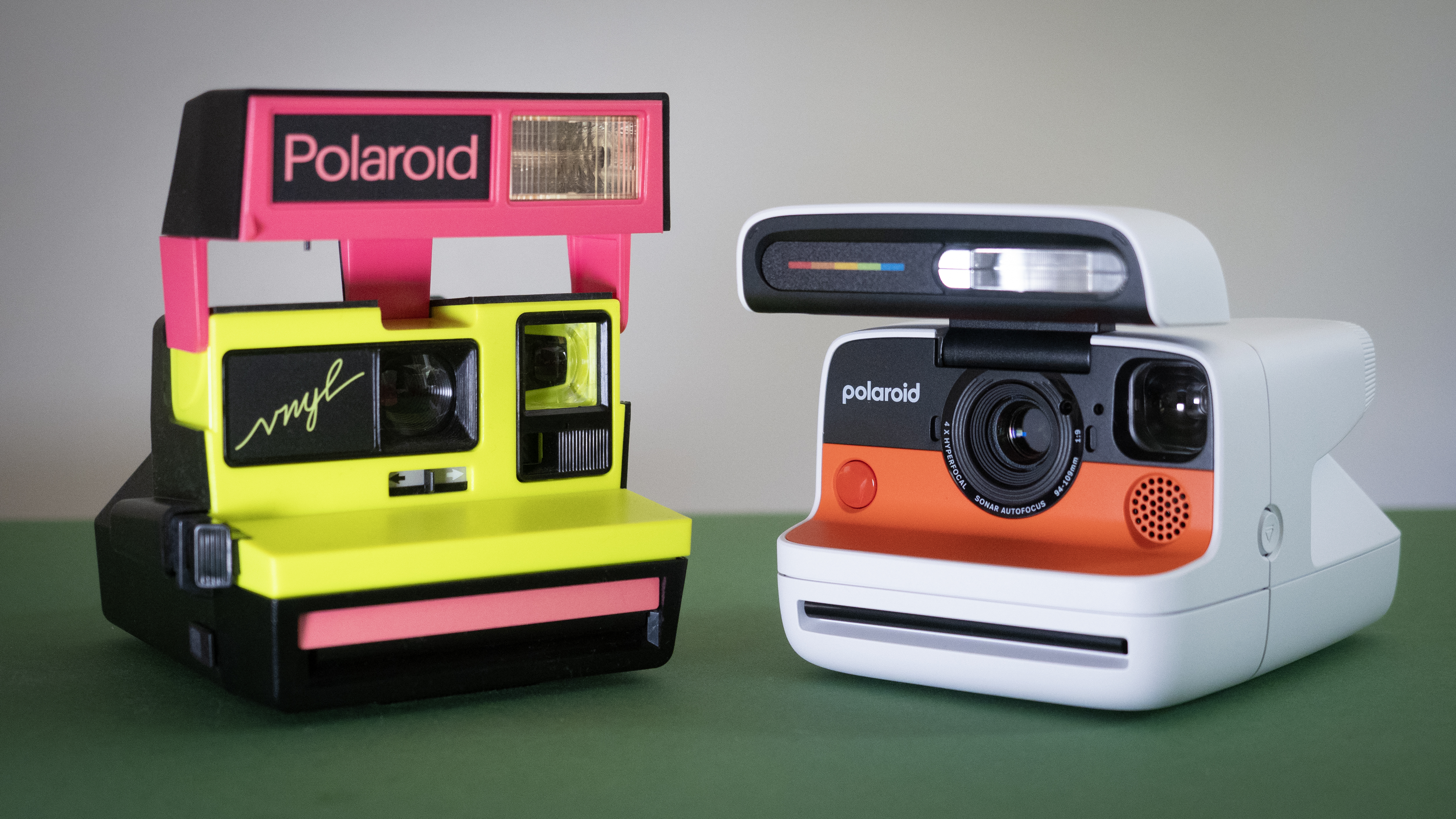
Polaroid Flip: Price & availability
The Polaroid Flip is priced at $199.99 / £199.99 (Australian pricing to be confirmed), though with the tariff situation in the United States it's hard to say if the dollar price will hold.
The camera has a staggered release schedule, available for Polaroid Members on April 15 at Polaroid.com, before going on release site-wide on April 26, with a full retailer rollout on May 13.
For context, the Instax Wide Evo – the newest Instax camera that takes photos with an equivalent image area – launched three months earlier and carries a $349.99 / £319 price tag.
Polaroid Flip: Build & handling
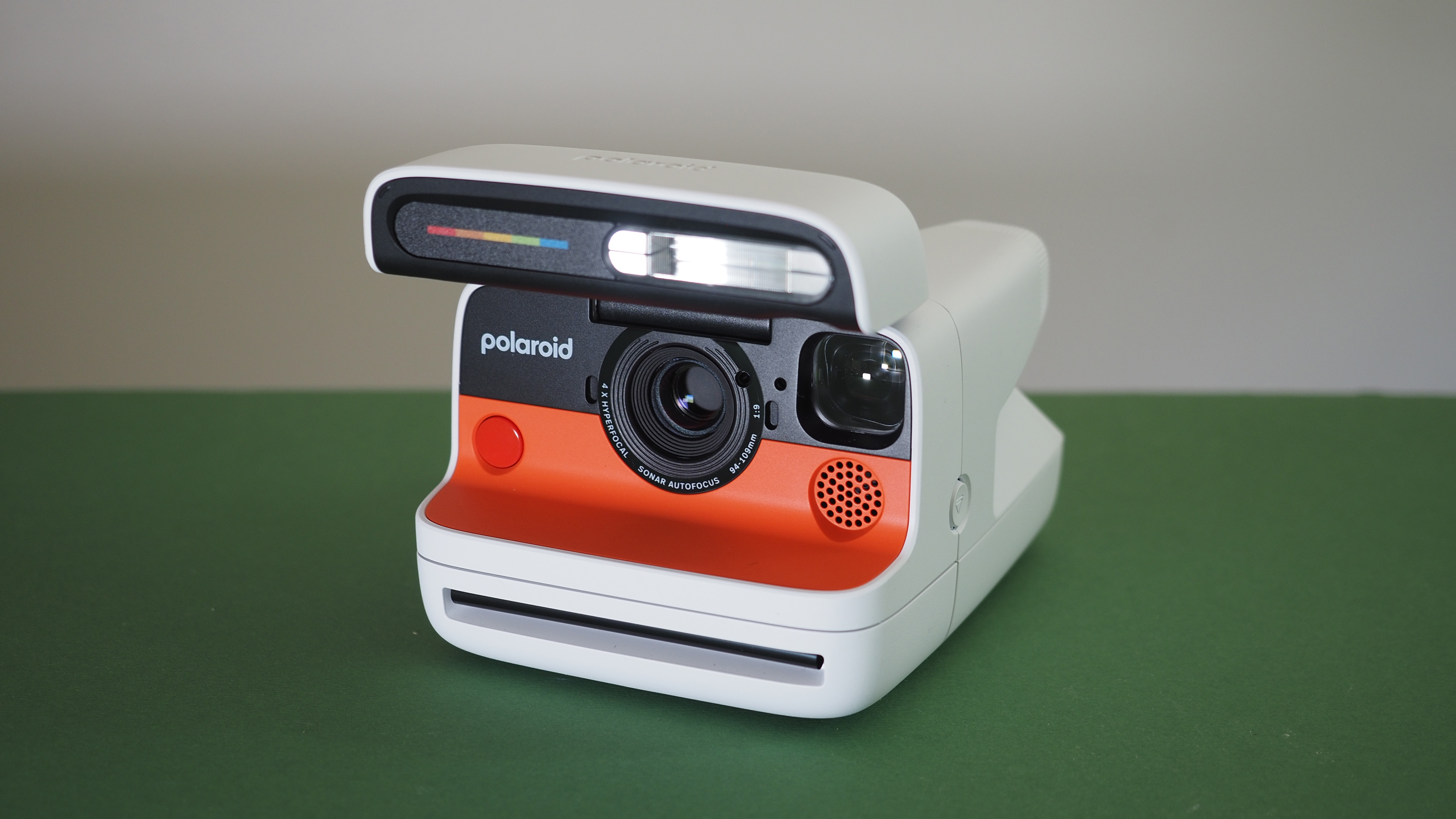
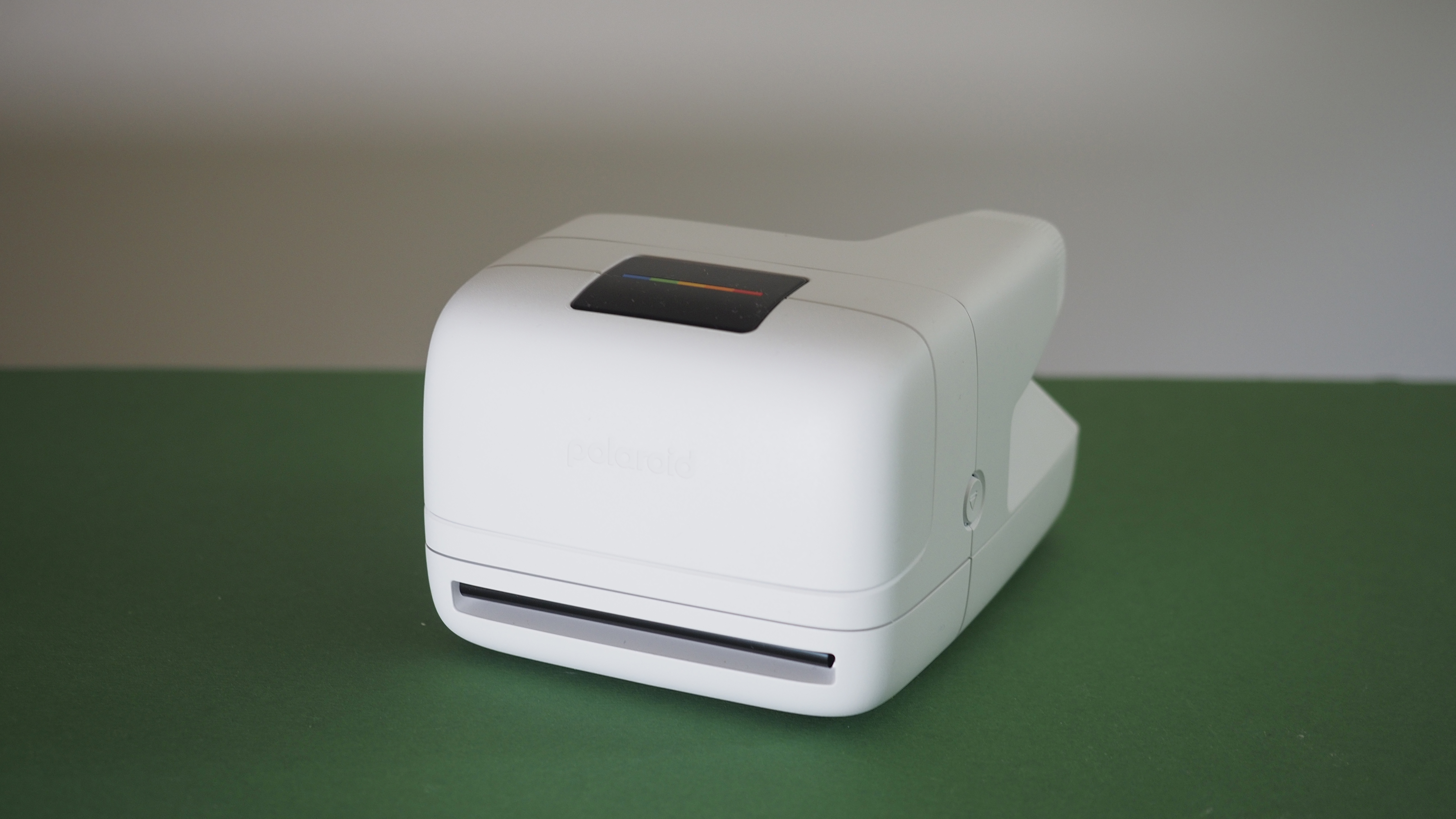
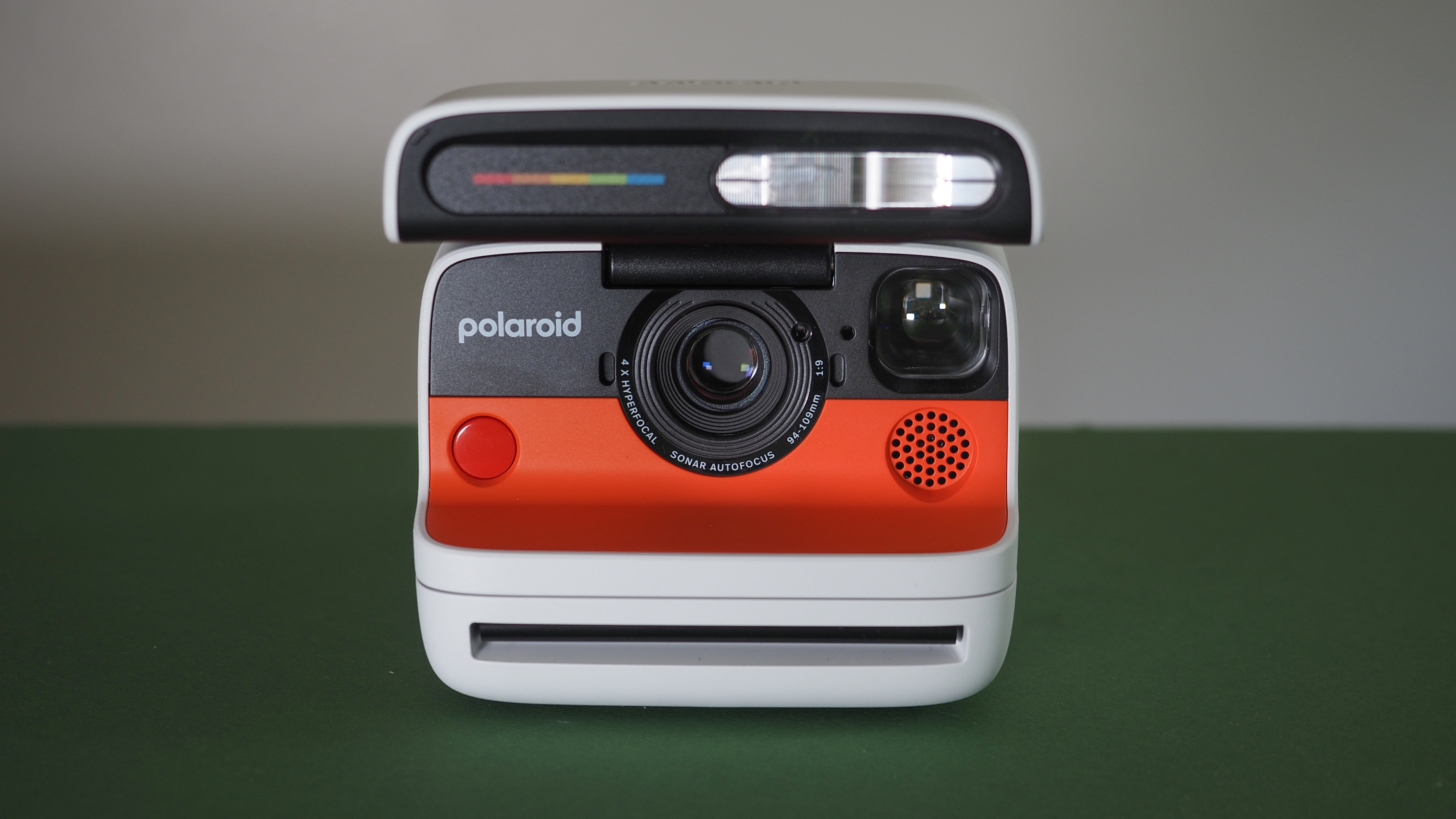
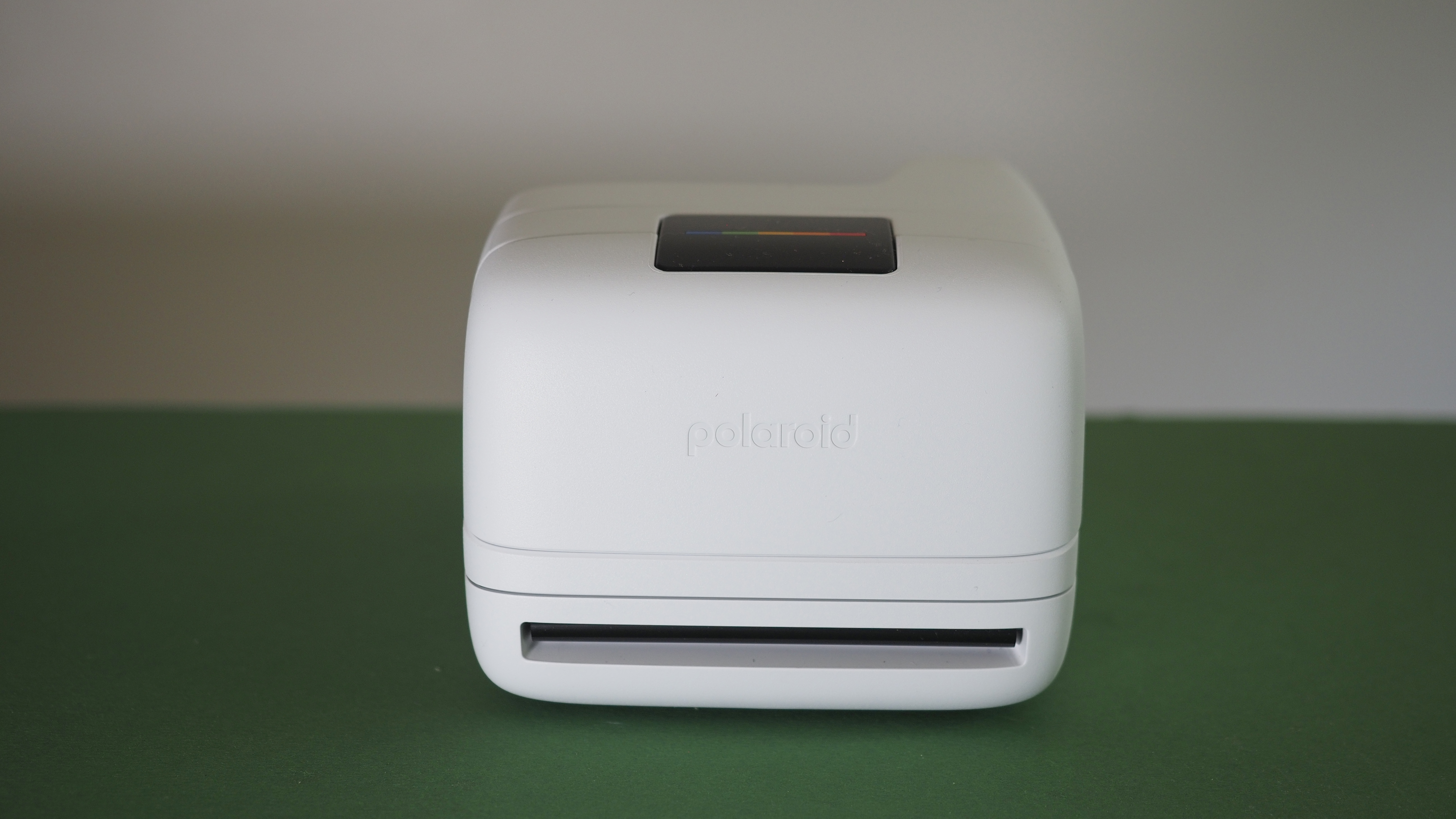
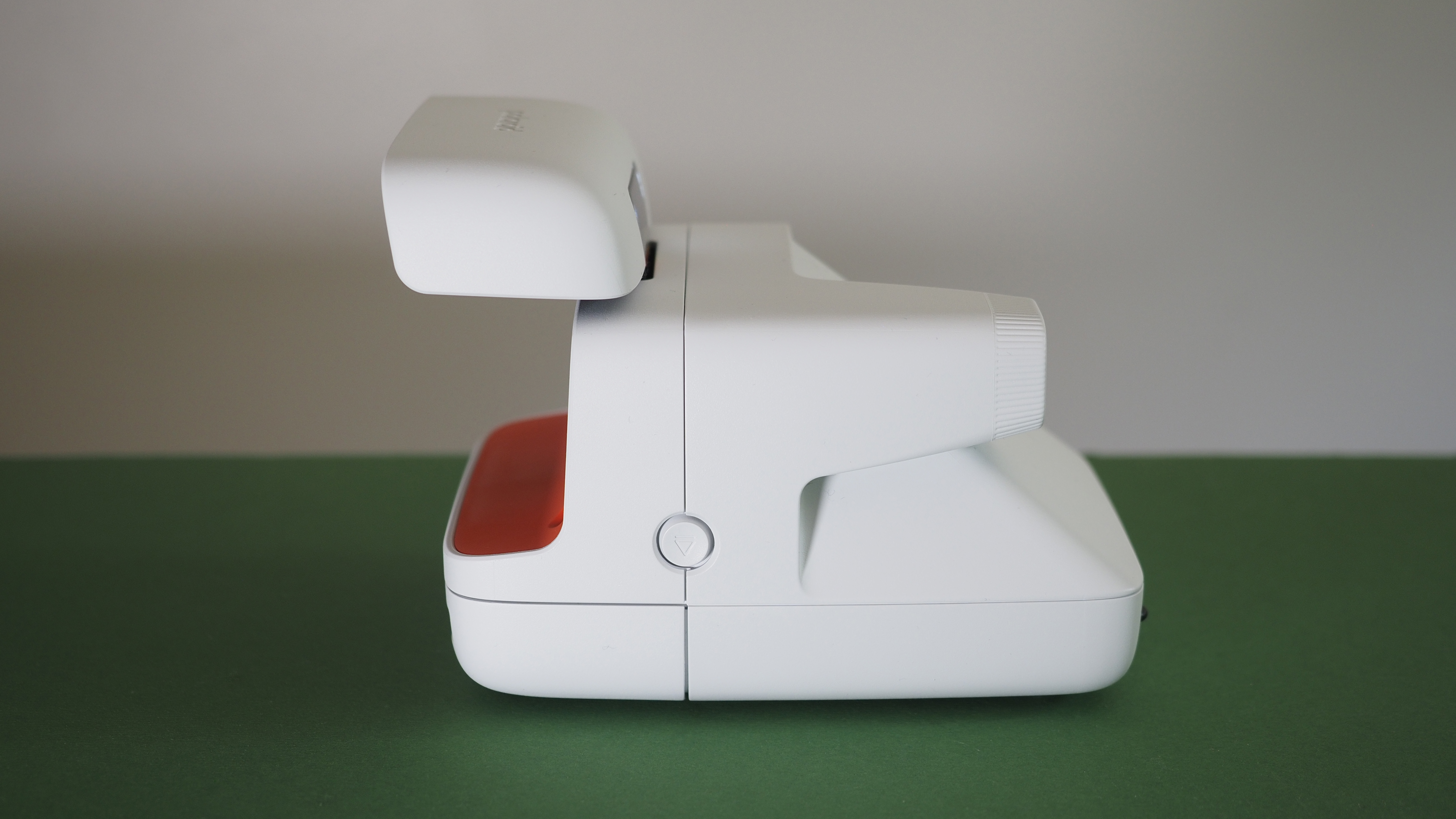
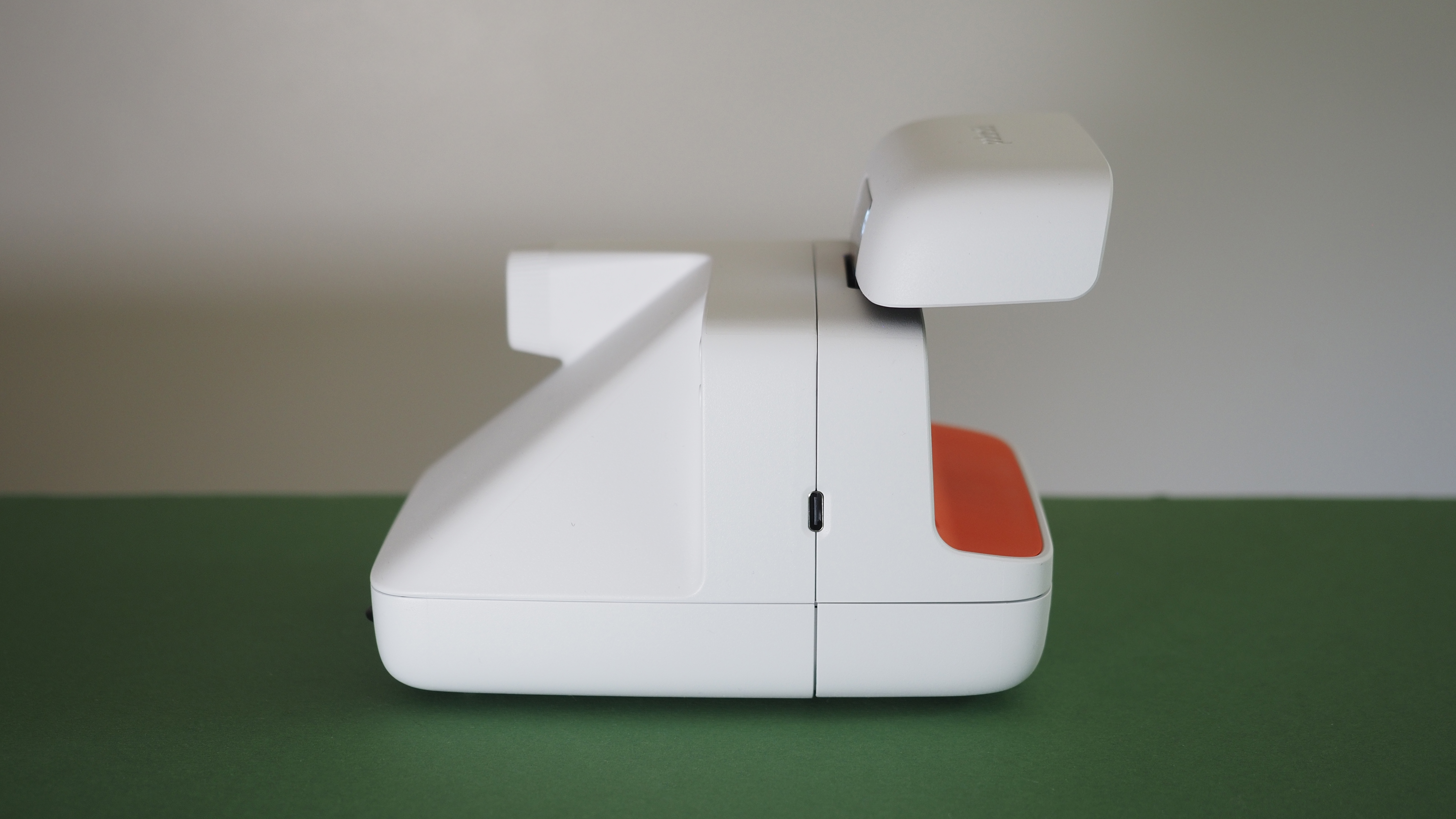
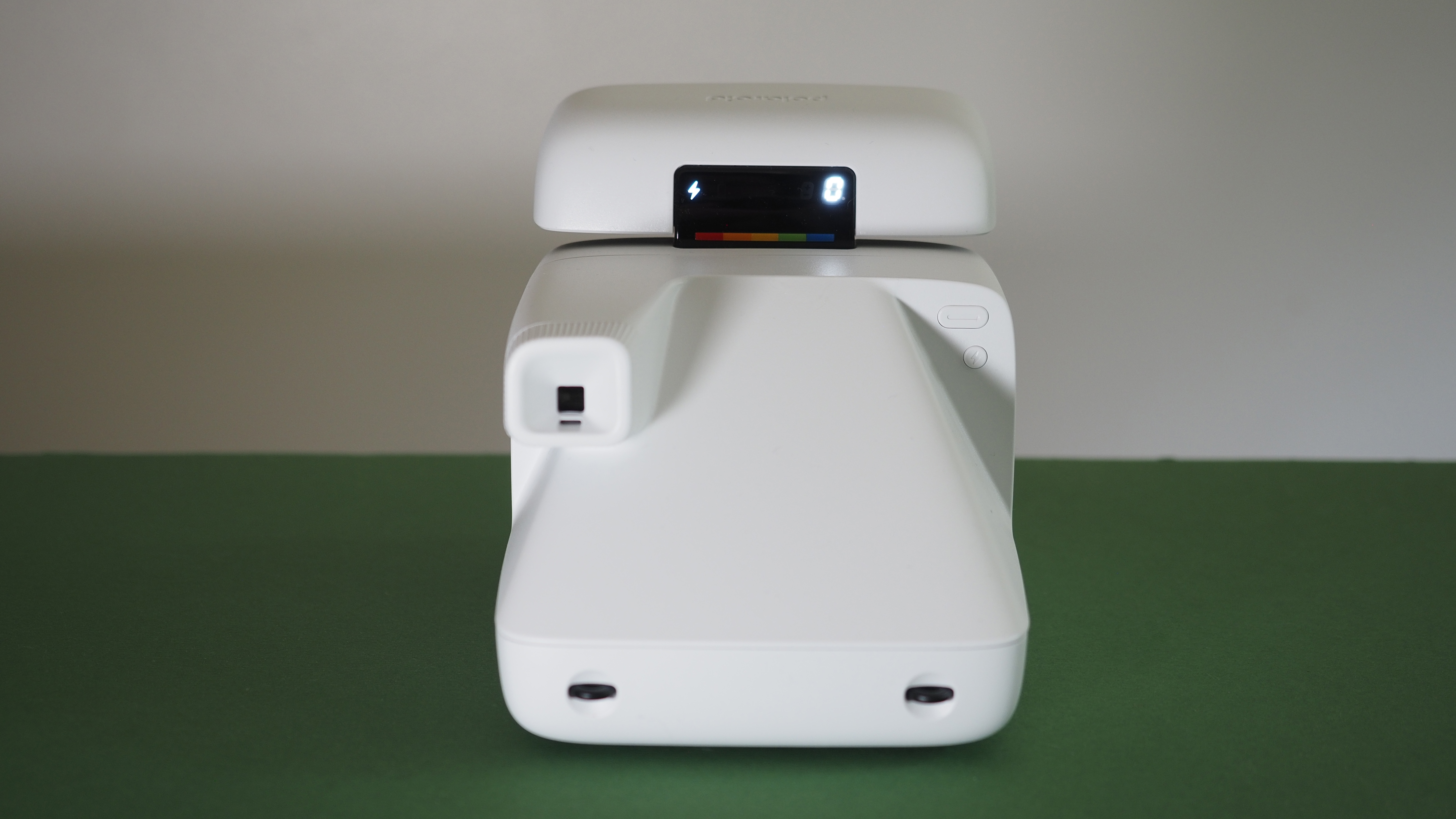
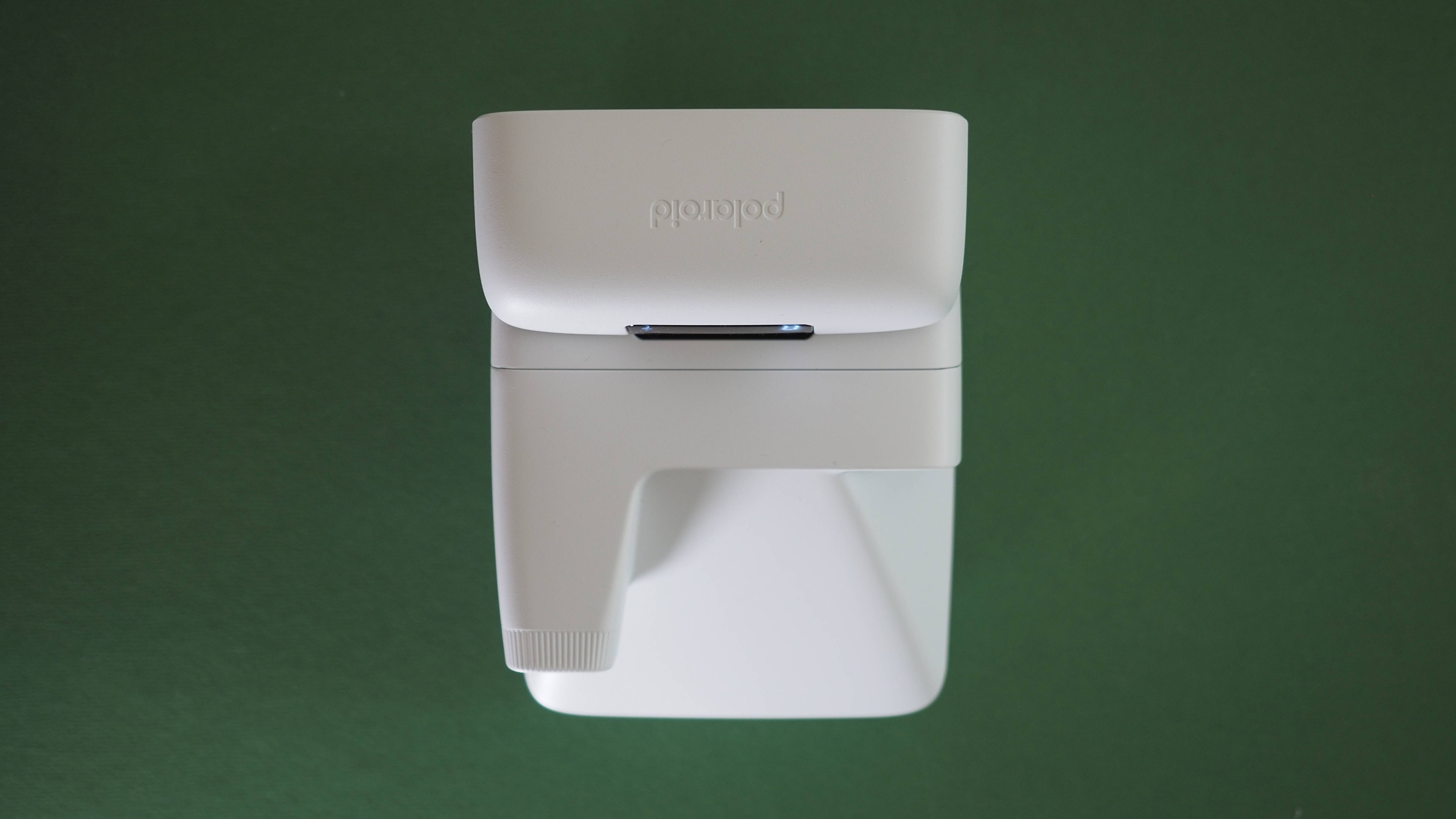
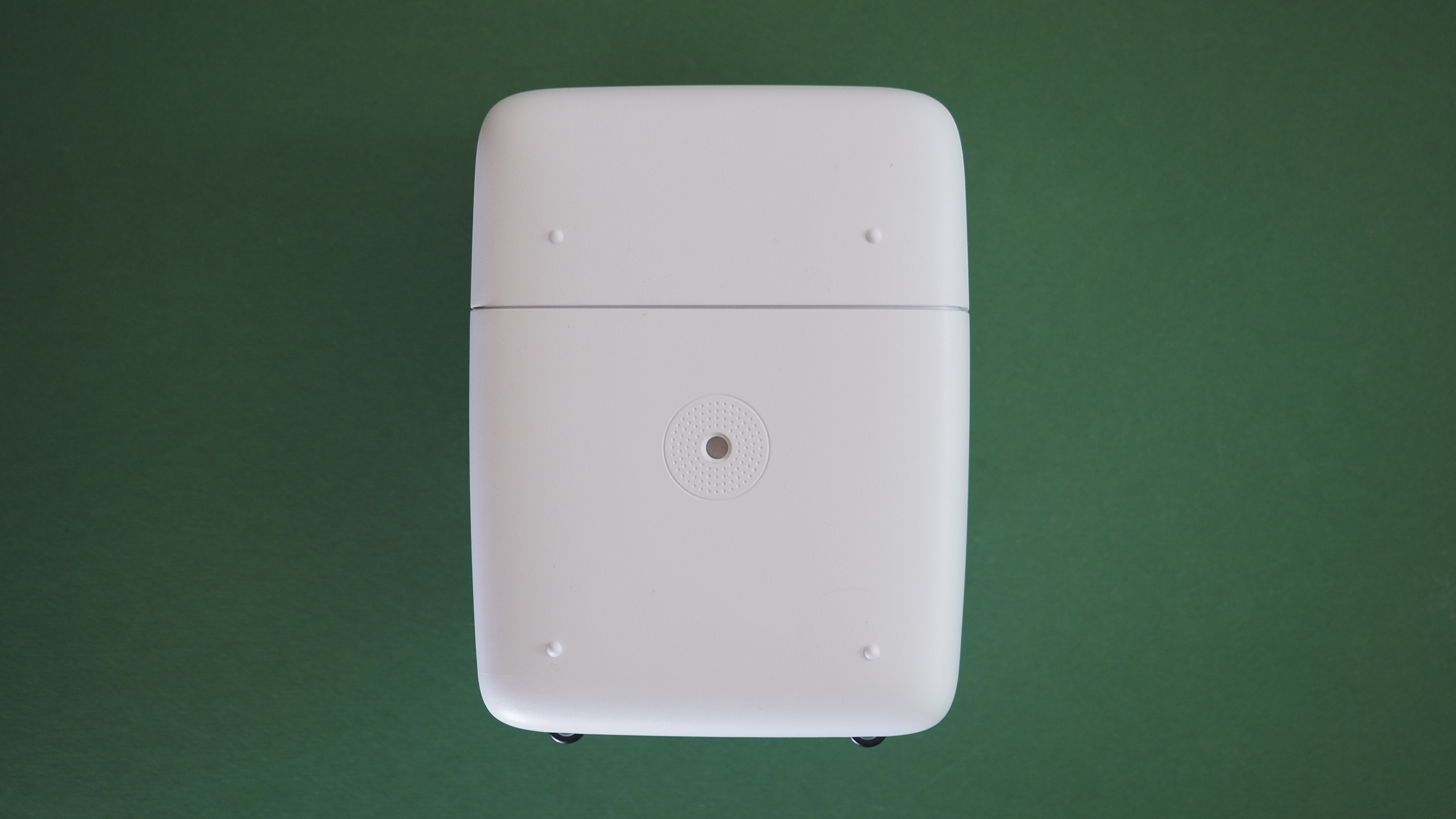
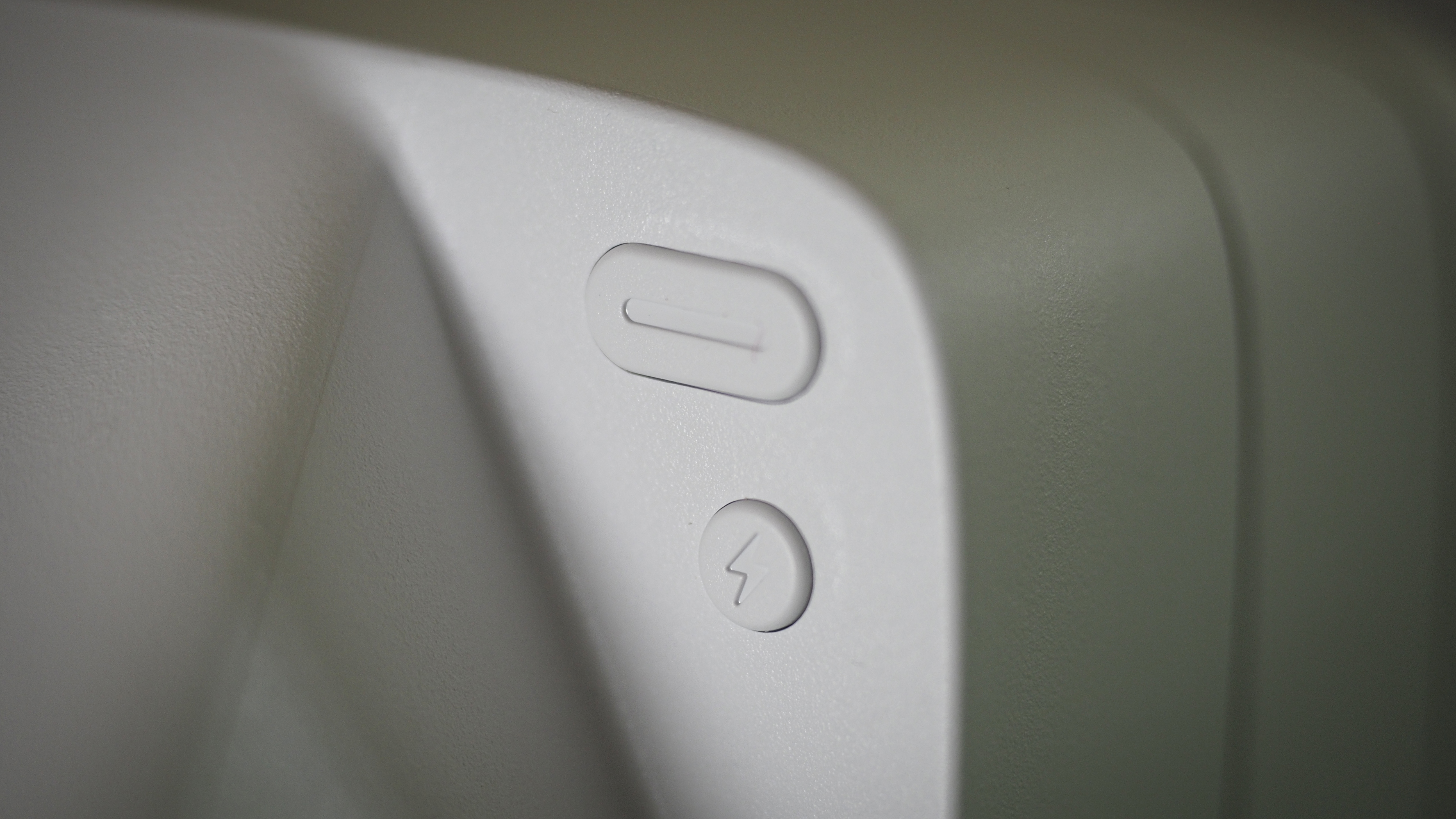
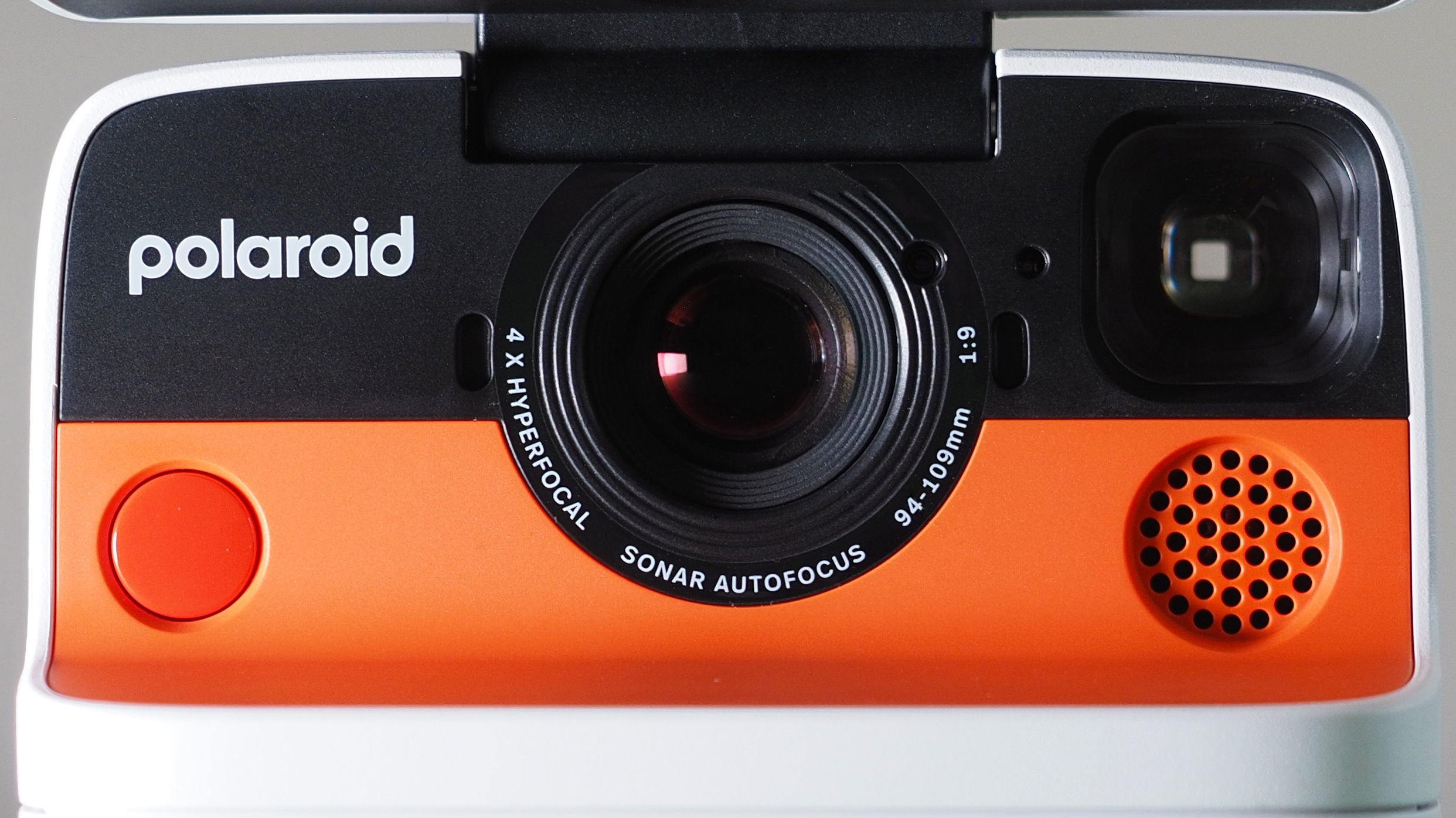
The first thing you'll notice about the Polaroid Flip is, of course, the flip-up module that houses the flash unit. However, while the flash is larger and more powerful than in Polaroid's other cameras – illuminating up to 14.7ft / 4.5m away, almost double the 8.2ft / 2.5m output of the I-2 – that's not the only thing the module does.
In practical terms, what I found most useful is that it prevented the camera being accidentally turned on (and even taking photos!) in my bag. This is a common issue with the Polaroid Now+ and the Polaroid Go; given their shape, unless they have a bag or pocket to themselves, objects can fall into the crevices and activate the cameras.
But the Flip has no power button, as the camera only turns on when the flip-up module is lifted. Ergo, no more accidents! And when a film cartridge only holds eight exposures, that's a pretty big plus.

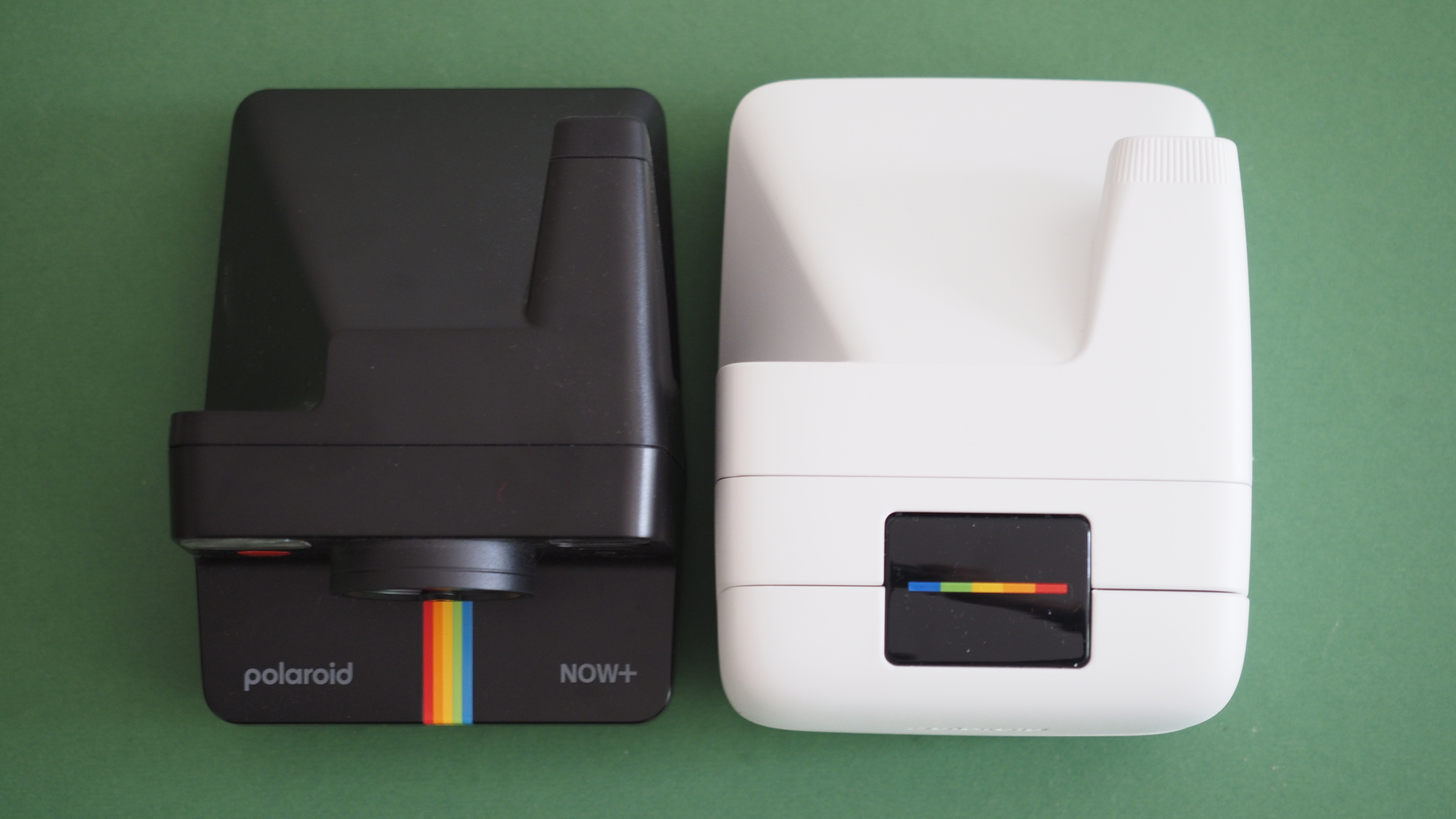
Beneath that module, you'll see the Polaroid Flip's other new / old party trick: sonar focus. This was used by cameras like the Polaroid Sun 660, Impulse AF, SLR 680 and, of course, the SX-70 Sonar. And while it's not as high-tech as the LiDAR focus system used by the flagship I-2, its results are equally impressive.
That may well be because the Flip has a four-lens hyperfocal system compared to the flagship's three-element lens setup. The bottom line is that with 0.65m, 0.85m, 1.2m and 2.5m lenses, the flip offers greater sharpness options with its 94-109mm equivalent system.
The body itself is otherwise ergonomically identical to the Now and Now+ bodies, though it does seem to be ever so slightly larger to accommodate the flip unit. It has a standard tripod mount on the bottom, along with a USB-C socket for charging, with Bluetooth connectivity to instantly communicate with the Polaroid App.
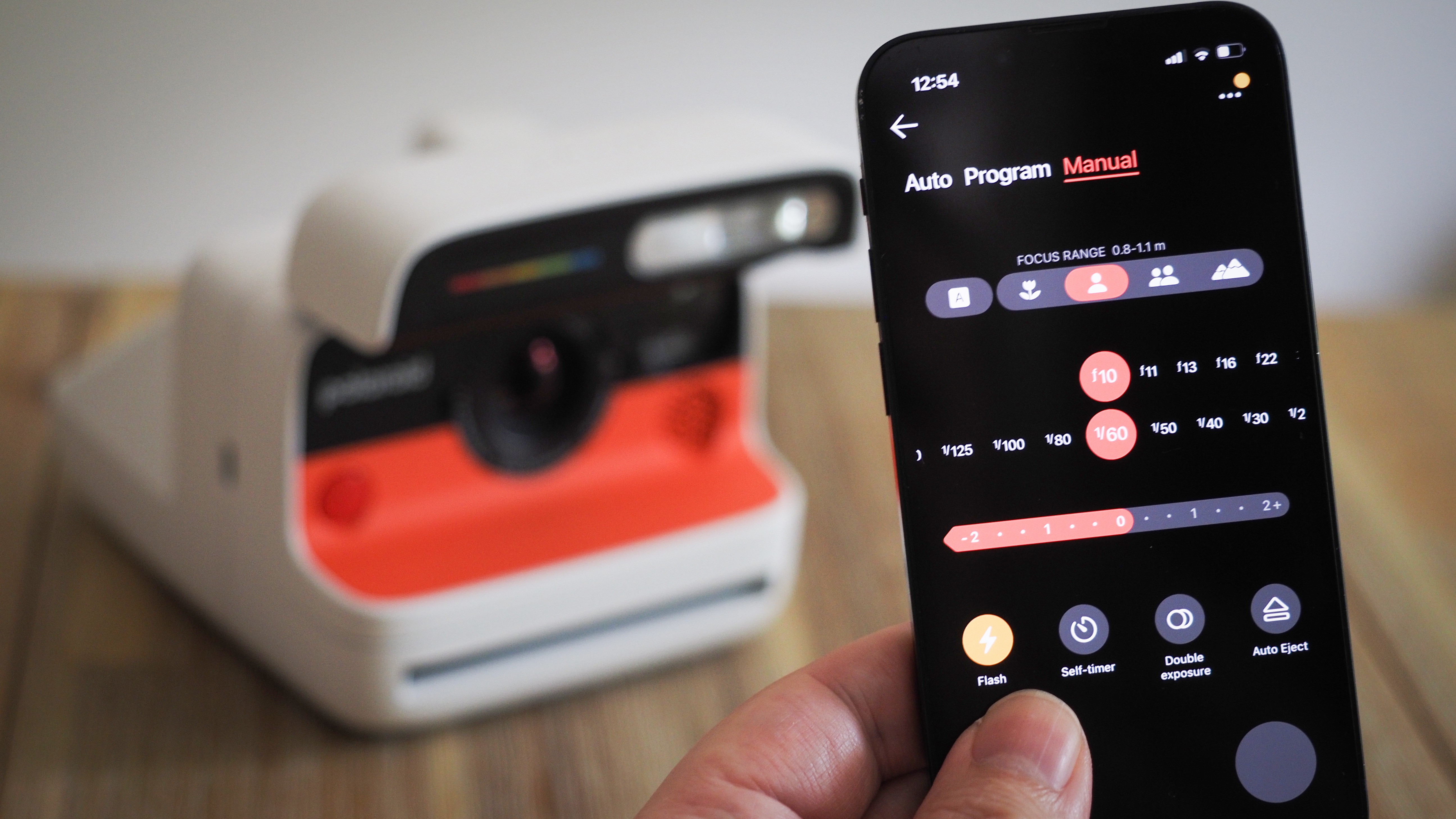
Polaroid Flip: Performance
As I said in my opening, the Polaroid I-2 offers the ultimate image quality for instant cameras – because that's what a glass lens, LiDAR focus and a 600-buck price tag will do for you.
However, short of the I-2, the is the best-performing Polaroid you can get. I ran a few packs of film through it under a variety of conditions, from sunny days and night shooting to close-ups and landscapes.
The larger flash unit really does make a difference, both indoors and outdoors. The other Polaroids and Instax cameras can't match its power and reach: at 14.7ft / 4.5m, the Flip eclipses the output of the Polaroid I-2 (8.2ft / 2.5m) and the Instax Wide 400 (9.8ft / 3.0m).
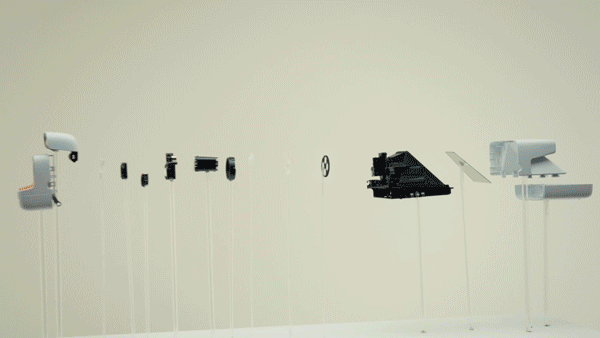
Between the sonar and the four-lens hyperfocal system, subjects were sharp and in focus whether near or far. Exposures were all great, too – though bear in mind that, better flash or not, instant cameras really aren't ideal for low light or night shooting.
The on-camera controls are basic, with the shutter on the front and buttons to toggle the flash and a self-timer on the back. But flip up the flash module and the Polaroid Flip instantly connects to the Polaroid App (why can't all cameras do that?) to unleash full manual and creative control.
Along with double exposures, you've got access to auto, program and manual shooting – where you can manipulate the f/10 to f/64 aperture and the 1/200 to 30sec or bulb shutter speed – and you can even update the camera's firmware.
Polaroid Flip: Sample images

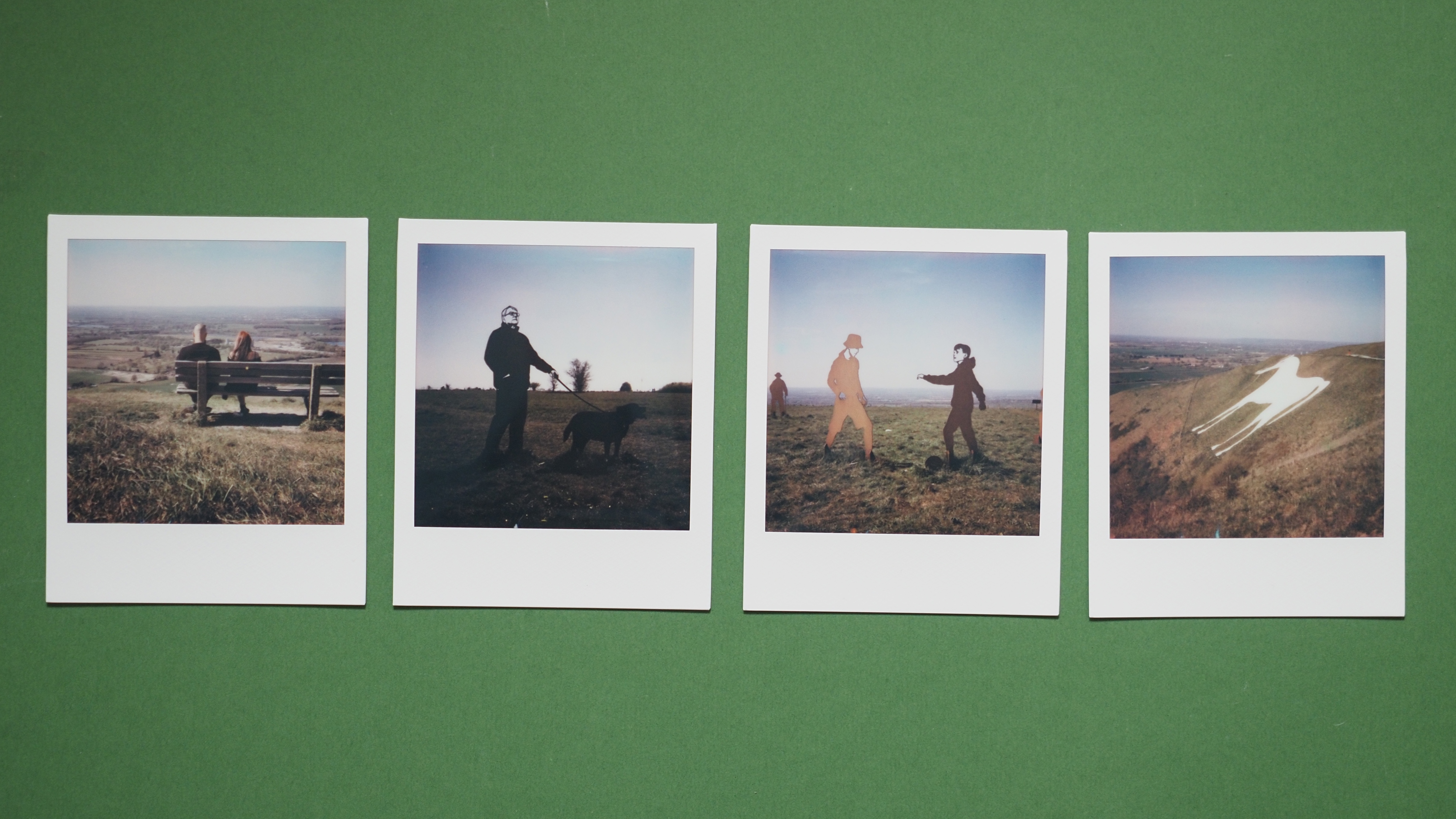
Polaroid Flip: Verdict
I've been using Polaroid cameras for 40 years, and I've got a shelf full of modern and vintage models alike. The Polaroid Flip is a better camera than almost all of them, save the I-2 and arguably the SX-70 – though obviously the I-2 is prohibitively expensive for most people and the SX-70 isn't even made any more.
Either way, I've been picking this camera to put in my backpack before both of those. You can't beat its combination of ease of use and great performance – and it still gives me the magic of manual control if I really want it.


James has 22 years experience as a journalist, serving as editor of Digital Camera World for 6 of them. He started working in the photography industry in 2014, product testing and shooting ad campaigns for Olympus, as well as clients like Aston Martin Racing, Elinchrom and L'Oréal. An Olympus / OM System, Canon and Hasselblad shooter, he has a wealth of knowledge on cameras of all makes – and he loves instant cameras, too.
You must confirm your public display name before commenting
Please logout and then login again, you will then be prompted to enter your display name.
